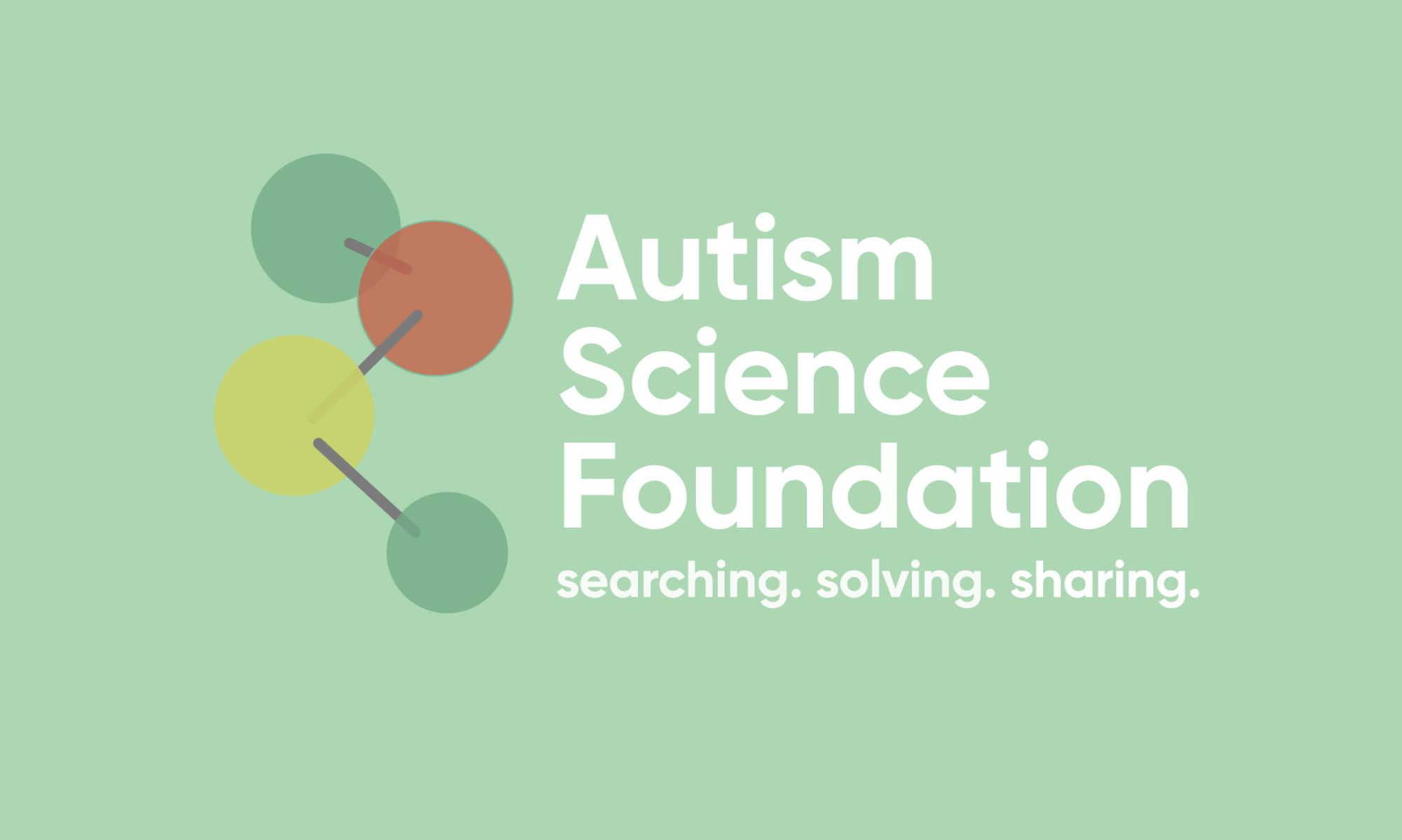Podcast: Play in new window | Download
Subscribe: RSS
The Environmental Protection Agency has a big job to do – keep our air and water clean. They do so, in part, with air monitors placed across the United States which allow researchers to keep tabs on what is going on in our air. This week, a study from Dr. Amy Kalkbrenner at UWM and colleagues replicated that certain types of air pollution increased risk of autism, as well as increased symptoms of severity of autism in those with a diagnosis. These pollutants come from cars, but also coal burning power plants. This new research calls for more action, not less, by the crucial staff and infrastructure of the EPA and policy to help support them do it. #standwithEPA
https://ehp.niehs.nih.gov/ehp1867/


